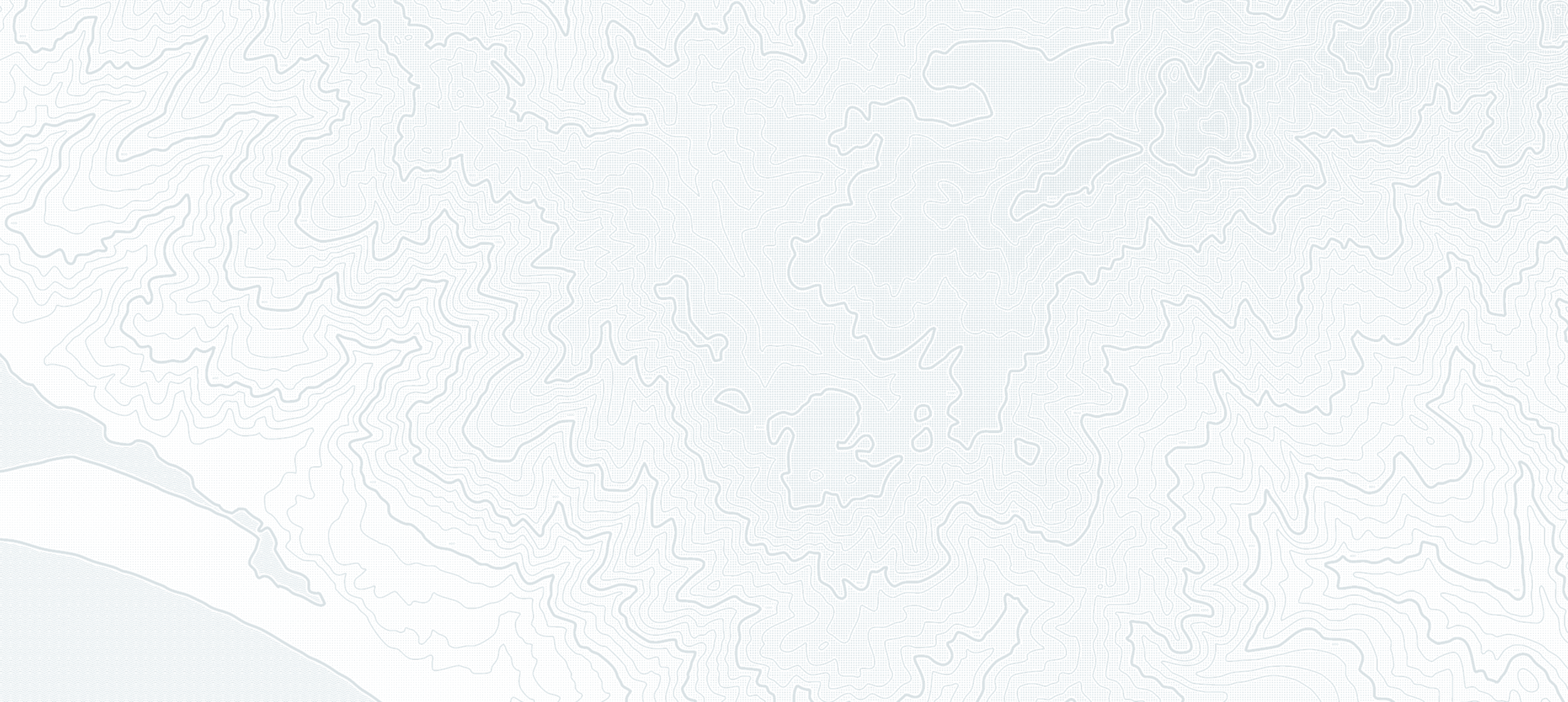
Bay Area
7,765,640
Total Population in 2020
Most Populous Demographics
| Category | Demographic | Total | Percentage |
|---|---|---|---|
| Age | 18-64 | 4,975,368 | 64% |
| Sex | Female | 3,914,456 | 50% |
| Race and Hispanic or Latino | White (Not Hispanic or Latino) | 2,783,589 | 36% |
Age
In 2020, the Bay Area's population was a majority working-age adults, while those under age 18 were a moderately larger share of the region than those 65 and older. Looking at 10-year age ranges, 30-39 was the largest group.
Population by Age Group
1,556,043
Under 184,975,368
18-641,234,229
65 and overTable: Population by Age Range
| Age Range | Population in Bay Area | |
|---|---|---|
| Total | Percentage | |
| 0-9 | 820,866 | 11% |
| 10-19 | 917,749 | 12% |
| 20-29 | 1,047,337 | 13% |
| 30-39 | 1,217,453 | 16% |
| 40-49 | 1,045,641 | 13% |
| 50-59 | 1,017,831 | 13% |
| 60-69 | 858,184 | 11% |
| 70-79 | 540,902 | 7% |
| 80+ | 299,677 | 4% |
Table: Population by Age Group
| Age Group | Population in Bay Area | |
|---|---|---|
| Total | Percentage | |
| Under 18 | 1,556,043 | 20% |
| 18-64 | 4,975,368 | 64% |
| 65 and over | 1,234,229 | 16% |
* For both charts above, the data is collected from the U.S. Census Bureau Decennial Data 2020, Demographic and Housing Characteristics File (DHC), P12 Sex by Age for Selected Age Categories.
Sex and Age
In 2020, females outnumbered males by a small amount in the Bay Area. Males 30-39 were the largest group by age, followed by females 30-39 and males 20-29. The biggest gap was in the 80-and-older age group, where females were the larger share.
Table: Population by Sex
| Sex | Bay Area | |
|---|---|---|
| Total | Percentage | |
| Male | 3,851,184 | 50% |
| Female | 3,914,456 | 50% |
Table: Population by Sex and Age
| Sex and Age | Bay Area | |
|---|---|---|
| Total | Percentage | |
| Male | 3,851,184 | 50% |
| Male: 0-9 | 419,884 | 5% |
| Male: 10-19 | 470,684 | 6% |
| Male: 20-29 | 538,587 | 7% |
| Male: 30-39 | 617,452 | 8% |
| Male: 40-49 | 520,575 | 7% |
| Male: 50-59 | 506,041 | 7% |
| Male: 60-69 | 411,979 | 5% |
| Male: 70-79 | 246,005 | 3% |
| Male: 80+ | 119,977 | 2% |
| Female | 3,914,456 | 50% |
| Female: 0-9 | 400,982 | 5% |
| Female: 10-19 | 447,065 | 6% |
| Female: 20-29 | 508,750 | 7% |
| Female: 30-39 | 600,001 | 8% |
| Female: 40-49 | 525,066 | 7% |
| Female: 50-59 | 511,790 | 7% |
| Female: 60-69 | 446,205 | 6% |
| Female: 70-79 | 294,897 | 4% |
| Female: 80+ | 179,700 | 2% |
* For both charts above, the data is collected from the U.S. Census Bureau Decennial Data 2020, Demographic and Housing Characteristics File (DHC), P12 Sex by Age for Selected Age Categories.
Race and Hispanic or Latino
36%
White (Not Hispanic or Latino)In 2020, the Bay Area had a diverse population with no race/ethnicity being a majority. White and Asian people were the largest groups in the region, while Hispanic and other/multiracial residents were the next biggest segments of the population.
Population by Race and Hispanic or Latino
Table: Population by Race and Hispanic or Latino
| Race and Hispanic or Latino | Population in Bay Area | |
|---|---|---|
| Total | Percentage | |
| White | 2,783,589 | 36% |
| Black or African American | 435,009 | 6% |
| American Indian / Alaska Native | 18,254 | <1% |
| Asian | 2,150,320 | 28% |
| Native Hawaiian / Pacific Islander | 43,214 | <1% |
| Other / Multiracial | 443,269 | 6% |
| Hispanic or Latino (any race) | 1,891,985 | 24% |
* Categorized as Not Hispanic. This means that all the racial groups marked with an asterisk — White, Black or African American, American Indian / Alaska Native, Asian, Native Hawaiian / Pacific Islander, and Other / Multiracial — do not include individuals who identify as Hispanic or Latino. The "Hispanic or Latino (any race)" category is separate, as Hispanic/Latino is considered an ethnicity rather than a racial category. For the chart above, the data is collected from the U.S. Census Bureau Decennial Data 2020, Demographic and Housing Characteristics File (DHC), P5 Hispanic or Latino Origin by Race.